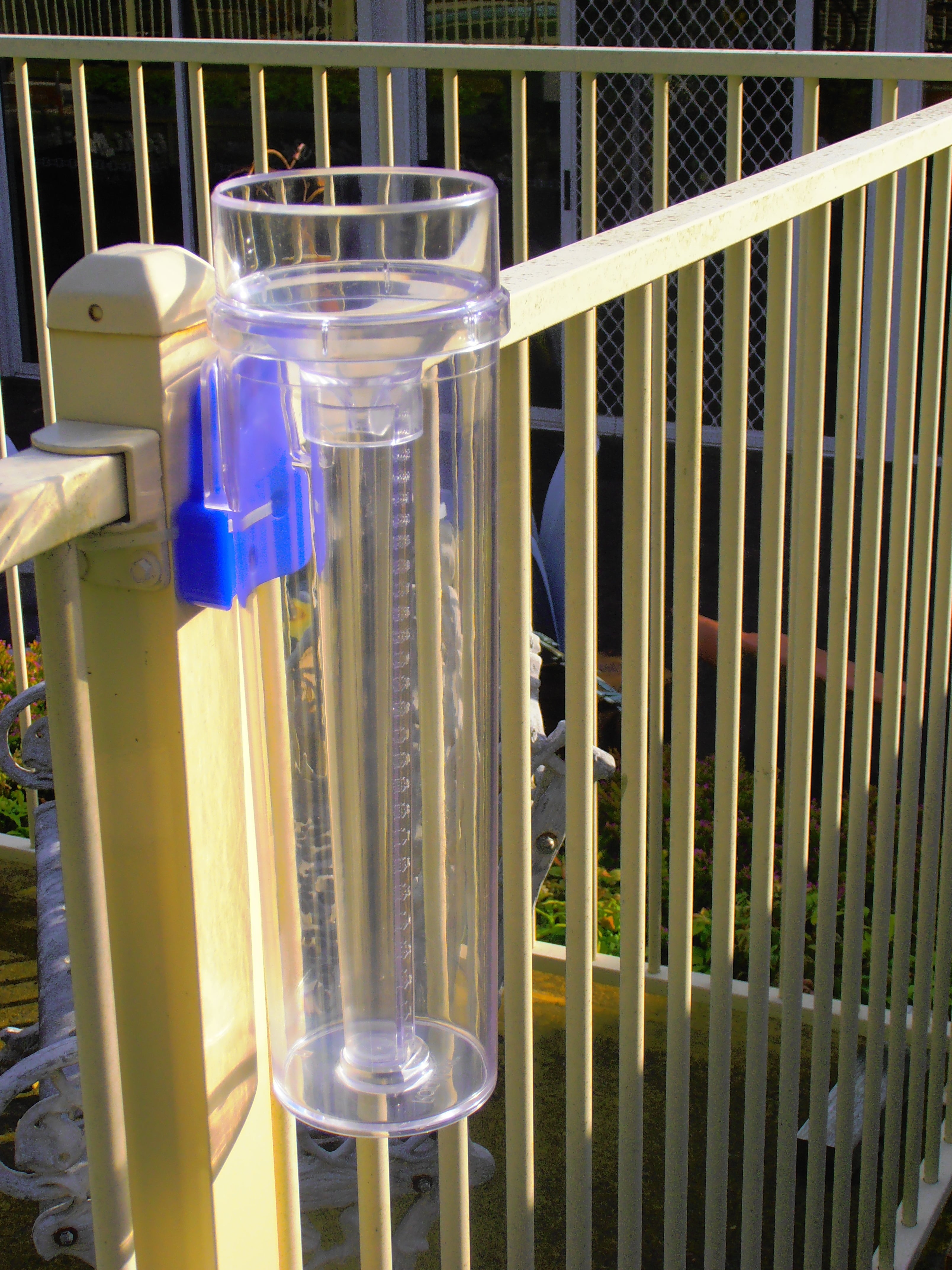Revealing the Science Behind Rainfall Gauges: Just How These Gadgets Play a Vital Function in Environment Study and Ecological Monitoring
Rainfall assesses, apparently basic tools, hold a profound importance in the world of climate research and ecological monitoring. As we peel off back the layers of this scientific shroud surrounding rainfall assesses, we reveal a world where accuracy, data accuracy, and meticulous observation assemble to reveal a deeper understanding of our altering climate and its effect on the earth.
Importance of Rainfall Scales
Rain assesses play a crucial role in tracking and measuring precipitation degrees, offering crucial information for climate research and evaluation. These gadgets are essential in quantifying the amount of rainfall that happens in a certain area over a specific duration. By determining and collecting rainwater, rain evaluates deal beneficial insights right into the circulation and intensity of rainfall, aiding meteorologists, hydrologists, and climatologists in comprehending climate patterns and fads.
One of the crucial reasons why rainfall assesses are essential is their capability to offer exact and local information. Unlike satellite or radar-based measurements, which provide wider observations, rain determines deal accurate information certain to the place where they are positioned. This local information is crucial for various applications, including flooding forecasting, drought tracking, and water resource management. In addition, lasting information gathered from rain assesses aids in evaluating climate modification impacts and patterns, contributing substantially to scientific study and decision-making processes. Essentially, rain evaluates work as crucial tools in the area of meteorology and environmental scientific research, playing a vital function in advancing our understanding of weather and climate dynamics.
Sorts Of Rainfall Scales

Performance and Operation
In the world of climate study and atmospheric researches, the effectiveness of rainfall assesses lies in their detailed functionality and exact functional mechanisms. Rain evaluates are created to precisely gauge the amount of precipitation that falls over a certain area throughout a set duration.
The functionality of rainfall assesses is based upon the concept of measuring and collecting rain in a standard way. This accumulated data is crucial for comprehending regional weather patterns, tracking long-lasting environment patterns, and evaluating environmental impacts. To guarantee precise dimensions, rain assesses requirement to be strategically put in open areas away from obstructions such as structures or trees that can conflict with the collection process.
The functional facet of rain determines includes routine upkeep to stop debris accumulation, calibration checks to preserve measurement accuracy, and data videotaping for evaluation (rain gauge). Generally, the capability and procedure of rain gauges are important for check my site gathering dependable precipitation information important to climate research study and ecological tracking
Function in Climate Research
Given the vital importance of accurate rainfall measurements in understanding weather condition patterns and environmental influences, the role of rainfall assesses in environment study is indispensable. Rain assesses offer necessary data for climate research study by measuring the amount of precipitation that tips over a details area during an offered duration. This data is vital for monitoring long-term patterns in rainfall patterns, examining the effect of environment modification on rainfall circulation, and boosting environment versions.

Climate researchers make use of data gathered from rain assesses to evaluate variations in rainfall levels, identify regional environment patterns, and examine the efficiency of water resource administration approaches. By comparing historical rainfall information with existing dimensions, scientists can identify shifts in rainfall patterns, such as adjustments in the regularity or intensity of rainfall events. This information is essential for understanding how environment change is influencing precipitation dynamics and can assist policymakers make informed decisions relating to adjustment and reduction approaches.
Applications in Environmental Tracking

In flood forecasting, rain gauge data assists to track rainfall intensity and circulation, permitting authorities to release timely cautions and take essential procedures to minimize flooding threats (rain gauge). Drought surveillance relies upon rain gauge data to assess moisture levels in the dirt and track precipitation shortages, aiding in the identification of drought-prone areas and the execution of dry spell action approaches
Moreover, rain gauge information plays a vital role in water source management by providing information on water schedule and use patterns. This information is made use of to make informed decisions regarding water allocation, preservation procedures, and sustainable water resource preparation. In addition, in agriculture, rainfall gauge data aids farmers in optimizing watering routines, crop option, and general farm management methods based upon regional rainfall patterns. In general, rainfall determines are essential devices in ecological tracking, using beneficial insights that contribute to notified decision-making and lasting source monitoring.
Verdict
In conclusion, rainfall determines are important devices for gauging check my site rainfall, giving valuable data for climate research and environmental surveillance. With different types and performances, published here rain determines play an important role in understanding rainfall patterns and their influence on the setting. By precisely measuring rainfall, these tools add to the development of scientific knowledge and assistance in making educated decisions pertaining to water resource management and disaster readiness.
Rain gauges play an essential function in surveillance and determining precipitation levels, giving essential information for climate research and analysis. The typical rainfall gauge, understood as the "tipping bucket" gauge, is one of the most commonly made use of devices. Ultrasonic rain assesses usage sound waves to discover the presence of rainfall, offering real-time information on rainfall levels.Climate scientists make use of data collected from rainfall gauges to examine variations in precipitation levels, recognize local environment trends, and examine the effectiveness of water resource monitoring techniques.In conclusion, rain evaluates are essential tools for gauging precipitation, providing useful data for environment research study and ecological tracking.